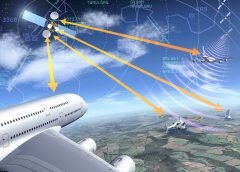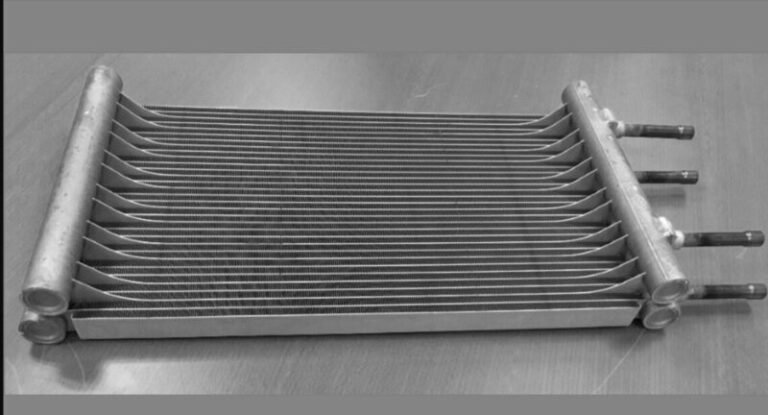The reason SATCOM solutions have become so widely popular is because of the fact that wireless communication has taken over the networking era. With the help of good internet access and high definition television, satellite communication has shown that it is highly beneficial.
Satellite Communication Timeline
Satellite communication began with the launch of Telstar 1 in the year 1962. It was the first active communication satellite ever created. It was built by the predecessors of Telesat at AT&T and Bell laboratories. It was in operation for a span of 7 months and it had dazzled the world with lots of live images from the entertainment, news, and sports categories.
It was a simple low earth orbit single transponder satellite, which was capable of receiving radio signals from above the ground. After receiving these signals, the job of the satellite was to amplify and retransmit the same to a larger surface area of the Earth. The operation of this satellite set a standard for the future SATCOM solutions and upcoming communication satellites.
It was between the years 1960 and 1970 that the satellite industry began to grow massively. The performance of several satellites was getting enhanced and the global satellite industry was witnessing a major growth. Initially, all the SATCOM solutions were being used for long haul telephone traffic and international distribution of selected programs on television both in terms of domestic and international broadcast.
The Canadian Broadcasting Corporation in 1973 began distributing video programming to all customers in Canada using the Anik A satellite by Telesat. Followed this activity, in the year 1975, HBO initiated the distribution of its video programming by satellite to all its customers in United States. All these ventures generated a lot of profit and revenue, which led to a lot of technical and commercial success. Seeing its future prospects, a large number of SATCOM solutions began to gain greater acceptance and satellite broadcasting became a common thing. During the 1990s, satellite communication became the primary means of distributing programs to televisions all across the world.
Advantages of SATCOM Solutions
Here are some of the common advantages offered by all SATCOM solutions:
- Great Performance: Satellites are the best choice for broadcasting applications like televisions. The end to end control operations, uniformity, and speed in a two way IP network have increased the performance of several satellites by consumers, governments, and corporations.
- Cost Effectiveness: The best part about using satellites is that the cost of broadcasting does not vary if the number of viewers and SATCOM solution consumers increases. Even if the communication points are changed, the cost does not get affected at all. This makes satellites a very cost effective tool for communication.
- Larger Availability: Another advantage of satellites is that, they are able to give access to a large area. Satellites are capable of covering huge land masses and with improved technology, they can even broadcast in maritime and aeronautical markets. It is also an effective communication platform for all those customers who are living in remote and rural areas and do not have access to fast speed internet.
- Better Reliability- When compared to terrestrial infrastructure, satellites can operate more independently. This makes satellites more reliable. During natural and man-made events, when terrestrial outages occur, SATCOM solutions remain operational.
- Scalability- The best part about satellites is that scalability is never a problem. If a requirement arises, then additional nodes, networks, and receiving sites can be added. It is not a time consuming task and it can be accomplished within a few hours. Usually, it can be done by a ground-based equipment. This way, satellites have proved that they are an instant provider of infrastructure for emergency relief, government, and other commercial communication.
- Versatile- SATCOM solutions are more flexible and can be applied to a wide range of applications. They can operate either in an independent manner or as part of a very large network. In both these ways, satellites can support all forms of communication in a global manner with utmost efficiency.
In today’s time, the satellites are transforming the field of data networking. The consumer as well as the commercial markets are availing SATCOM solutions and making profits. Now, with better technology, the existing services are getting analyzed more and more so that they can be improved and the quality of services can be enhanced by much greater amount.













